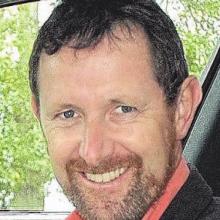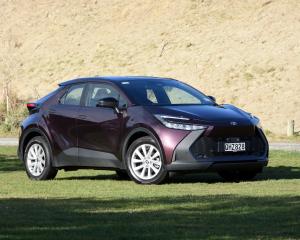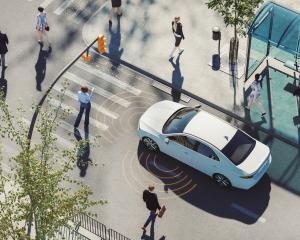
EDITORIAL
Recent Drivesouth editorials have had a decidedly motorsport emphasis, and while the competitive side of motoring will rear its head towards the end, this edition is focused on the 10 days I have just spent driving in South Australia.
This has been my first time driving across the Tasman in around a decade, and it is interesting that the perspective I once had about needlessly zealous traffic management in Australia has been flipped on its head. Unfortunately, that says more about what has changed in New Zealand in that time that anything different in Australia.
South Australia does not seem afflicted by a plague-like outbreak of poorly designed "traffic-calming" measures, its speed limits are for the most part intuitively sensible, and its main roads are less potholed than ours. Perhaps best of all, road cones are used sparingly. I counted 10 to 12 deployed at each of several reasonably major road works sites, where the Kiwi approach now would be to use 50 or more in a similar situation. Nor, over hundreds of kilometres of motoring, did I find any instances where road cones had been placed as a "temporary" measure, and left long enough to take root.
Aside from the need to drive from place to place, there wasn’t an overt motoring focus to the trip, which basically comprised an anti-clockwise loop out of Adelaide, up the Murray River, across to the Clare and Barossa wine regions, and back to the airport to deposit the rental car before flying home.
But motoring connections arrived anyhow, as they often do.

What seemed like a fairly specific motoring claim to fame became more impressive when I did some further research and found that the Shearer Steam Car was built in 1898, was the first car in the world fitted with a differential, could travel at around 30kmh, and completed a 200km round trip from Mannum to Adelaide with no major problems.
As it happened, the Shearer engineering works that built the steam car also build some of the parts for the wood-fired, steam-powered paddle steamer — the PS Marion — that took us and 24 fellow guests up the Murray River for two wonderful nights.
Our vessel dated back to the late 1890s, when paddle steamers by the hundred plied the Murray River. They’ve always been a mode of transport I have associated with the Mississippi, but as far as navigable rivers go, it turns out the Murray beats the Mississippi, and indeed is the third-longest in the world, bettered only by the Nile and the Amazon. Mind you, it is at the heart of the wider Murray-Darling catchment, draining a larger land area than that of France and Spain combined.
Being invited to take the oversized helm of the PS Marion for over an hour as we steamed up-river was a special privilege. The experience reminded me of driving a large vintage car, at least insofar as one guides it rather than steers it, and the feeling is like being in control of a living thing rather than a mechanical device.
Back on the road, crossing the Murray by car can sometimes involve a bridge, but there are also a dozen free cable ferry crossings too. We used of a couple of them to work our way up the east bank of the river, then cross back over to cut across a small swathe of the outback to connect with the Clare Valley.

Aside from the monotony of some long, straight sections, driving in South Australia was a joy. Sadly, that’s not something that can be said of motoring in much of New Zealand these days.
Money talks
Over my time away, the Red Bull driver line-up for the rest of 2024 was confirmed, unfortunately not in a way that was good news for Kiwi Liam Lawson.
Red Bull had basically reached the conclusion that the under-performing Sergio Perez needed to be dropped, with either Daniel Ricciardo or Liam Lawson taking his place. This would have meant Lawson would either move straight to the top Red Bull team, or slot in to replace a promoted Ricciardo in the second-tier Racing Bulls line up.
However, the story seems to be that F1’s promoters then stepped in and reminded all concerned that F1 is big in Mexico, and that dropping Perez would result in a massive revenue hit at the Mexican Grand Prix later in the season. So, Perez will stay where he is, as will Ricciardo, with Lawson remaining stuck as reserve driver.

International racing action
With global sporting interest fully focused on the Olympics, there’s nothing major on the international motorsport calendar this weekend. Next weekend, though, Hayden Paddon will be off contesting the next European Rally Championship round (in the Czech Republic) while Scott Dixon, Scott McLaughlin and Marcus Armstrong will line up for the next round of the IndyCar series.












